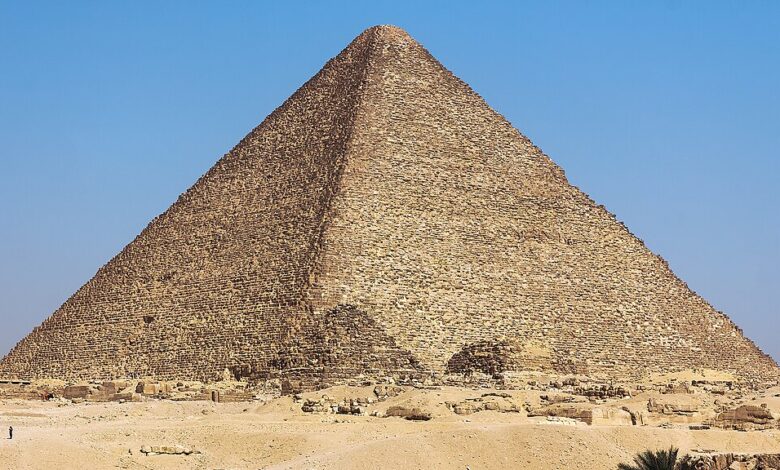
A senior archaeologist at the Ministry of Tourism and Antiquities Magdy Shaker criticized statements made by Israeli journalist Eddy Cohen regarding Israel’s involvement in the construction of the pyramids.
During an interview on Al-Nahar TV, on Friday, Shaker stated: “The time difference between the emergence of the modern Israeli entity and the era of the Great Pyramid’s construction exceeds 1,100 years. How can anyone claim to have participated in building a monumental structure like the Pyramid of Khufu when they hadn’t even existed yet?”
“Israel, as evidenced by its current behavior, has not contributed to the creation of civilization; rather, it has been hostile to civilization itself through its actions in Gaza and other crimes against humanity.”
Shaker called these statements a deliberate falsification of history, which are to be countered with scientific fact and basic logic.
Grand Egyptian Museum is ‘state-of-the-art’
Shaker also praised the most prominent features of the new museum display at the Grand Egyptian Museum (GEM), noting that King Ramses II and King Tutankhamun are the two main stars of the exhibition, with dedicated halls for each reflecting their pivotal roles.
Shaker noted that the new halls utilize state-of-the-art lighting and interactive display technologies, meticulously designed to highlight the beauty and intricate details of the artifacts, providing visitors with an unprecedented and breathtaking visual experience.
He described the work undertaken by the team of restorers and museum designers as an “artistic and archaeological epic,” embodying a significant advancement in the methodology of displaying antiquities and befitting the GEM’s status as the greatest cultural landmark of the 21st century.
Shaker explained that the museum houses approximately 57,000 artifacts, some displayed for the first time, and others presented in modern ways that preserve their historical value and attract visitors.
He noted that the oldest piece on display is a stone axe/hatchet discovered in the Abbasid Desert.
Archaeologists estimate its age at around 700,000 years, predating the emergence of modern humans.
This artifact represents the earliest tangible evidence of early human presence in Egypt, making it one of the rarest and most important pieces in the collection, Shaker explained.




